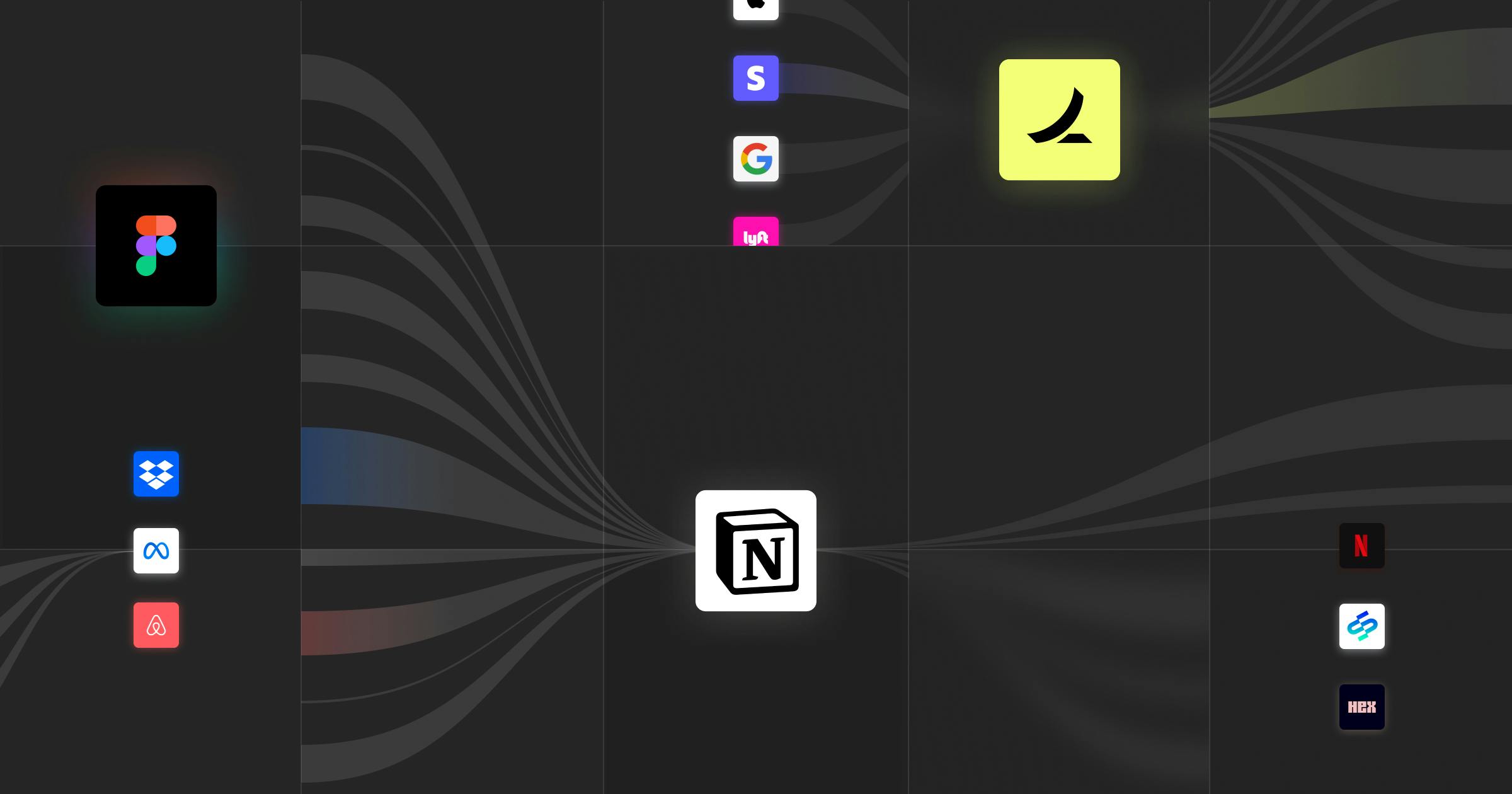Last March, I stepped into our talent function at Contrary as a technical operator to strengthen our network of engineers, PMs, and designers. It was a unique challenge for me because up until that point, I had spent my entire career in product, and my hiring experience was limited to my recruiting efforts as a hiring manager. Needless to say, it was a steep learning curve. One year later, I’ve introduced hundreds of candidates to our portfolio companies, and I’ve learned some hard-won lessons.
Quality Over Quantity
The first lesson was to relentlessly focus on quality over quantity. Back when I was a hiring manager looking to grow my product team, I worked with a lot of recruiting agencies. I found that it was a lot better to have a small pipeline of a few grade-A candidates (judged by fit and quality) as opposed to playing a numbers game with a larger pipeline that included B or C-level candidates that would almost never work out, and often led to a waste of time for all involved.
But when it came time for me to start conducting my own searches for candidates from scratch, I initially fell into the same trap. I started conducting basic LinkedIn searches like “product designer” filtered for “New York City” to create a list of candidates whose basic attributes, such as background and location, aligned with the job descriptions of our portfolio companies.
It didn’t narrow things down much and devolved into a complete slog — a numbers game of cold outreach which was very hit or miss in terms of the quality of candidates that it surfaced. I quickly realized I needed to find a better way to ensure that the candidates I was surfacing for our companies were the A players that I myself would have pushed for a hiring manager.
Talent Vortexes
I took things back to the drawing board to try and find a better approach. As I was brainstorming, I thought back to earlier in my career when I worked at Uber, starting in 2019. When I was there, I frequently heard about how incredible the early Uber employees were (~first 200). I was lucky enough to work with and learn from a few of them on Uber Eats and experience firsthand their next-level talent. They were sharp, big thinkers who were biased towards action, not afraid to have opinions and make decisions, and who wanted to win.
This is a pattern that has repeated over and over in the history of Silicon Valley, going back to the earliest days of Bell Labs, William Shockley, and the Traitorous Eight, and continuing onward to the early internet, the PayPal Mafia, Internet 2.0 companies like Google and Facebook. Time after time, you would find these high-quality clusters of talent that would form and act like magnets for more talent.
In other words, once great talent starts to join a company, it becomes easier to attract and hire additional great talent, creating a network cluster of highly concentrated talent — a talent vortex. So in restructuring my approach to searching for candidates, I began to ask myself the following question as a starting point: “What are the talent vortexes of today?”
One great example that quickly came to mind was Ramp* (one of our portfolio companies). Ramp has maintained an extremely high talent bar and its team is known for its ability to execute at a high level. Another telltale sign of a talent vortex is that, of the early employees that have left Ramp, a high proportion have started companies like Venue, Cognition Labs, Moab and Unify, and others still in stealth.
Knowing Your Scope
Beyond understanding talent quality and where to find them, another hard-won lesson was in knowing what Contrary Talent is good at (and what we’re not). Contrary is best at helping to hire mid-level ICs who are engineers, product managers, and designers. Initially, I was open to helping with any function (sales, growth, recruiting, executive hires, etc.) but soon realized that each functional area requires different expertise. As a one-person show, it’d be impossible for me to build deep enough networks for each of those functions to effectively find great candidate fits.
Engaging Your Network
Building relationships with great talent is more than a candidate search exercise: Great talent usually aren’t actively looking for a new job or “open to network,” and the role that would get a high-quality candidate to consider leaving their current role requires a really great fit. That means that most of the time, my interactions with a candidate is focused on keeping them warm and engaged.
Partnering with Contrary’s events team, I wanted to host events that were intentionally designed for technical operators. VC happy hours have long been the VC engagement playbook and even for myself, as a PM, I found them to be too generic and not engaging. I started hosting Tech Talks in SF & NYC to bring technical operators together to watch live engineering demos and meet other builders in their cities. The idea was simple: invite exciting startups to live demo new and beta features that they’re working on with an overview of the company and product, and allow the audience to pick their brains on technical decisions made or additional features.
In NYC, our first Tech Talk featured Hugging Face, Graphite, Replit, Nomic, and Slingshot. And in SF, our January event featured Figma, Linear, Stytch, Replit, and Hex. Both drew in large crowds of enthusiastic builders who were excited to plug into the startup environments in their cities.
Join us for our next SF Tech Talk on May 22, 2024, featuring Ramp, Sourcegraph, Hex, Onehouse, Weaviate, and Semgrep. Sign up here.
An Extension of the Investment Team
An effective talent function is an extension of the investing team, not a service. The conventional dynamic between the investing and talent teams is one where the investing team is calling the shots — they’re looking at which companies to invest in, which roles to fill, and asking the talent team to be the recruiter that fills those roles. The authority lies solely with the investors. The talent team works at the service of the investors.
If the talent team works as an extension of the investment team instead, they become respected thought partners that provide extra eyes and ears when meeting candidates. The talent function can identify and triage candidates who are planning to start their own company in the next 0-12 months and flag companies that a strong candidate has joined (did we know about this company already?).
Too often, venture talent is viewed as a service to the investing team — to help a portfolio company once the investment team has made their decision to invest. The stronger the talent team is at identifying incredible talent — future founders or early operators — the more effective the entire firm is at winning new deals.
Disclosure: Nothing presented within this article is intended to constitute legal, business, investment or tax advice, and under no circumstances should any information provided herein be used or considered as an offer to sell or a solicitation of an offer to buy an interest in any investment fund managed by Contrary LLC (“Contrary”) nor does such information constitute an offer to provide investment advisory services. Information provided reflects Contrary’s views as of a time, whereby such views are subject to change at any point and Contrary shall not be obligated to provide notice of any change. Companies mentioned in this article may be a representative sample of portfolio companies in which Contrary has invested in which the author believes such companies fit the objective criteria stated in commentary, which do not reflect all investments made by Contrary. No assumptions should be made that investments listed above were or will be profitable. Due to various risks and uncertainties, actual events, results or the actual experience may differ materially from those reflected or contemplated in these statements. Nothing contained in this article may be relied upon as a guarantee or assurance as to the future success of any particular company. Past performance is not indicative of future results. A list of investments made by Contrary (excluding investments for which the issuer has not provided permission for Contrary to disclose publicly, Fund of Fund investments and investments in which total invested capital is no more than $50,000) is available at www.contrary.com/investments.
Certain information contained in here has been obtained from third-party sources, including from portfolio companies of funds managed by Contrary. While taken from sources believed to be reliable, Contrary has not independently verified such information and makes no representations about the enduring accuracy of the information or its appropriateness for a given situation. Charts and graphs provided within are for informational purposes solely and should not be relied upon when making any investment decision. Please see www.contrary.com/legal for additional important information.

